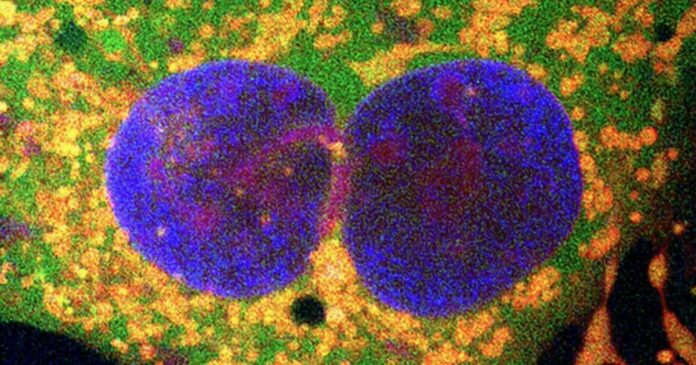Who are the real mutants, and what’s going to cure them?
Of course, we all are mutants – not just as the Homo sapiens sapiens limited-edition model from 4.5 billion years of mutation at Terrestrial Evolution, Inc. – but as individual collections of trillions of cells routinely undergoing mutation during mitosis and meiosis.
If cellular reproduction were house renovations, then a paint smudge here and a crooked curtain rod there wouldn’t matter much. But if the roof has holes, the windows don’t shut during winter, and the furnace is spewing carbon monoxide, you could die.
That’s why a gene-editing technique from the University of Texas at Austin – built upon research from Harvard University – offers so much hope. Using bacterial retrons, this method can “reno” multiple dangerous mutations simultaneously, far more efficiently than previous gene-editing methods that might succeed against a single mutation, but are powerless against additional mutations not identical to the first.
So, what are retrons? They’re bacterial immune systems that save the bacterial herd by culling individual bacteria infected by viruses. Retron therapy replaces lengthy sections of dangerous mutations with healthy sections of DNA.
In a paper that was recently published in the journal Nature Biotechnology, lead author Jesse D. Buffington, co-author Ilya Finkelstein and colleagues reveal their gene-editing breakthrough that offers hope to people suffering from numerous diseases involving multiple genetic mutations.
One such affliction is Tay-Sachs, a disease that disproportionately affects people of Ashkenazi descent and destroys brain and spinal nerve cells. The infantile form of Tay-Sachs manifests between three and six months of age, undermining gross motor control, worsening into seizures, deafness, and paralysis, and death by age five.
Another multi-mutation disease is cystic fibrosis. Afflicting approximately 162,000 people globally, CF will take the lives of about half of them before they reach 39.
As co-author Finkelstein said in a UTA press release, “We want to democratize gene therapy by creating off-the-shelf tools that can cure a large group of patients in one shot,” meaning lower development costs, and a streamlined route to the clinical use because “from a regulatory standpoint because, you only need one FDA approval.”
Gene editing is at the forefront of medical interventions already deployed across the US to treat various cancers, spinal muscular atrophy, rare vision loss, sickle cell disease, muscular dystrophy, hemophilia, Bullosa (which causes fragile, blistering skin), and beta thalassemia (requiring patients to receive frequent red blood transfusions) of red blood cells. Clinical trials of gene-editing are currently addressing health and blood vessel ailments and various infectious diseases.
The breakthrough retron therapy from Buffington, Finkelstein, and their colleagues will join the above efforts to reduce suffering, lower medical costs through curing instead of treating diseases, and increase the length and quality of life.
In the future, retrons and other gene-editing technology may do more than just reduce and eliminate suffering. They could actually “reno” our “house-bodies” from old and decaying – uh, that is, lived in and well-enjoyed – bungalows into shiny new mansions. Such was evidenced with experiments that WashU Medicine recently reported, which quickly built significant mouse muscle mass and “reduced the severity of osteoarthritis in the mice, even though they didn’t exercise more” while blocking obesity, “even when the mice ate an extremely high-fat diet.”
If that’s the future of gene-reno, sign me up yesterday.
Source: University of Texas at Austin


